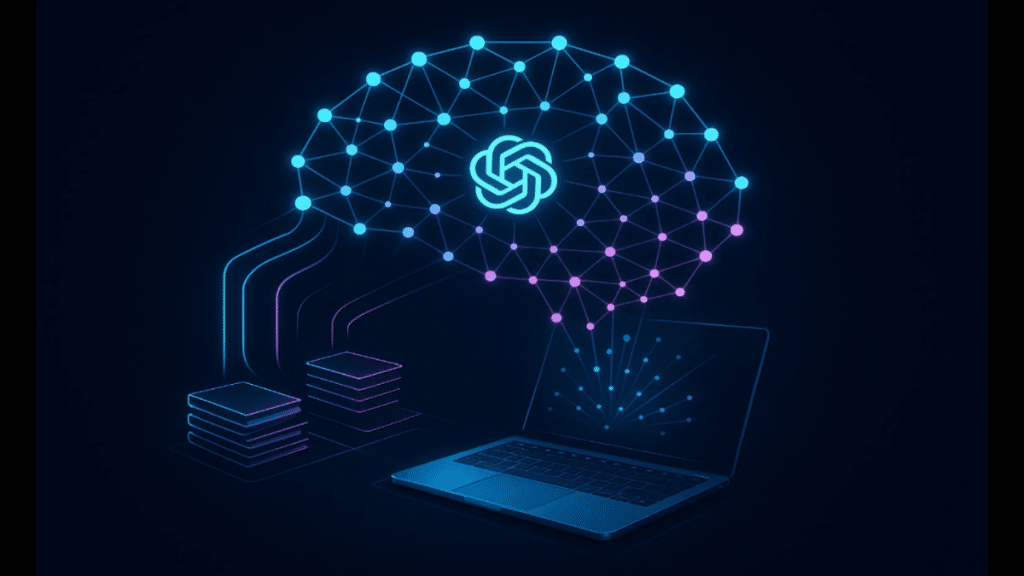How a Consultant Used ChatGPT to Become Indispensable
When James, a mid-level business consultant, walked into meetings, he often felt a step behind. His colleagues quoted studies, frameworks, and obscure market insights like they had them on speed dial. James had experience, but not the instant recall that made clients whisper, “That’s the guy who knows everything.”
So he tried ChatGPT. At first, it was just for drafting notes. Then he realized he could build something bigger — a personal knowledge base that organized every project, case study, and idea into one AI-powered library. Within weeks, his reputation changed.
Why Consultants Struggle Without a System
Consultants live and die by their knowledge. But the volume of information is overwhelming: reports, client decks, competitor analyses, academic papers, and industry news.
James kept folders on his laptop and tags in Evernote, but finding the right insight during a high-pressure meeting was like searching for a needle in a haystack. He needed speed and context, not chaos.
That’s where ChatGPT shifted the game.
The First Prompt That Changed Everything
James started with a single idea. He pasted raw notes from a client workshop and asked:
“Turn this into a structured knowledge entry with context, frameworks mentioned, and potential use cases.”
ChatGPT delivered a clear, bullet-style breakdown. No fluff, no wasted words. For the first time, his notes were reusable assets, not dead files.
Building a Knowledge Base with ChatGPT
Instead of storing random documents, James used prompts to create searchable summaries.
- Frameworks – every time he mentioned SWOT, Porter’s Five Forces, or OKRs, ChatGPT logged examples and industry use cases.
- Case studies – he asked for 150-word summaries of client wins and failures.
- Trends – whenever he scanned articles on AI, cloud adoption, or supply chain shifts, he prompted ChatGPT to condense them into actionable insights.
Within two months, he had a personal library so sharp that it felt like carrying a private MBA tutor in his pocket.
What It Looked Like in Practice
Here’s an example from his knowledge base:
Raw notes:
“Client A struggling with churn. Main issue: onboarding too complex. Competitor B simplified flow. Potential solution: self-serve tutorials.”
ChatGPT entry:
“Client retention problem – onboarding bottleneck. Evidence: competitor simplification improved retention by 18%. Suggested intervention: interactive onboarding + AI-driven help desk. Applicable across SaaS sector.”
One quick query in a meeting and James could recall the entire playbook.
Chatronix – The Secret Weapon Behind His Workflow
James’s system leveled up when he started using Chatronix’s integrated workspace. Instead of bouncing between separate tools, he got:
- 6 models in one chat – perfect for cross-checking insights.
- Turbo mode – knowledge entries generated in seconds, not minutes.
- One Perfect Answer – a single polished output that merged the best phrasing from all six models.
- 10 free requests – enough to test before committing.
For a consultant who lived by speed and accuracy, that combination was gold.
How He Used It Day to Day
- Before client meetings, he asked ChatGPT:
“Summarize top three risks for X industry in Q4 based on recent reports.” - After workshops, he used:
“Convert notes into reusable insights with clear action points.” - When writing proposals, he relied on:
“Pull relevant case studies from my knowledge base on cost reduction in retail.”
These weren’t just hacks. They became his professional edge.
Table – Old Way vs. New Way
| Task | Old Method | With ChatGPT + Chatronix | Time Saved |
| Organizing notes | 2 hrs per week | 20 mins | 1h 40m |
| Preparing client proposals | 5 hrs | 2 hrs | 3 hrs |
| Research for meetings | 3 hrs | 45 mins | 2h 15m |
| Total saved weekly | 10 hrs | 3 hrs | 7 hrs |
Seven hours a week reclaimed. Enough to handle another client or finally enjoy a weekend.
Bonus Prompt for Consultants
“Build a structured knowledge entry from this article, include frameworks, stats, and three practical applications for consulting projects.”
This single prompt turned random reading into revenue-ready assets.
How Reputation Shifted Overnight
Within three months, colleagues and clients began saying the same line: “Ask James, he knows.” He wasn’t magically smarter — he just had faster access to sharper insights. ChatGPT had turned information overload into a personal superpower.
And in a field where reputation drives revenue, that made James indispensable.
The Bigger Picture
James’s story is becoming common across consulting, marketing, and startups. People aren’t just using AI to automate tasks — they’re building knowledge engines that give them leverage.
ChatGPT, combined with tools like Chatronix, isn’t just saving time. It’s making people look like experts, even in rooms where stakes are sky-high.
And sometimes, that’s the difference between being just another consultant and being the consultant everyone trusts.
